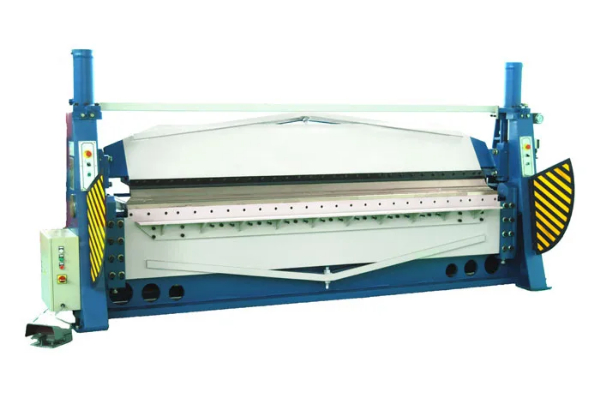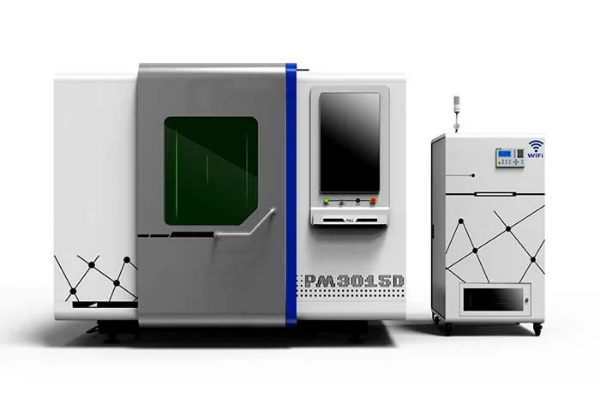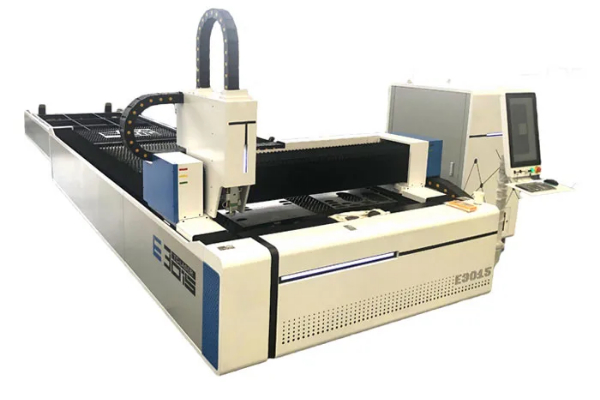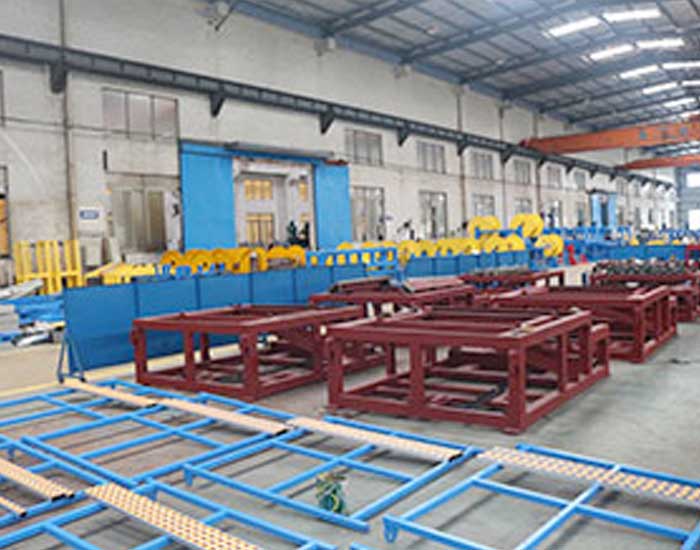
The Future of Sheet Metal Rolling- New Technologies and Trends
- By:Metmac
- 2024-05-31
- 111
The sheet metal rolling industry is constantly evolving, with new technologies and trends emerging all the time. These advancements are driven by the need for greater efficiency, precision, and cost-effectiveness. In this article, we will explore the future of sheet metal rolling, discussing some of the most promising new technologies and trends that are shaping the industry.
Laser Cutting
Laser cutting is a cutting process that uses a laser to melt, vaporize, or burn through materials. It is a highly precise and efficient process that can be used to cut complex shapes in a variety of materials, including sheet metal. Laser cutting is becoming increasingly popular in the sheet metal rolling industry due to its speed, accuracy, and versatility.
Waterjet Cutting
Waterjet cutting is a cutting process that uses a high-pressure stream of water to cut through materials. It is a cold cutting process, which means that it does not create any heat-affected zones. Waterjet cutting can be used to cut a wide variety of materials, including sheet metal. It is particularly well-suited for cutting thick materials or materials that are sensitive to heat.
Plasma Cutting
Plasma cutting is a cutting process that uses a plasma torch to melt and cut through materials. Plasma cutting is a fast and efficient process that can be used to cut a variety of materials, including sheet metal. It is often used for cutting thick materials or materials that are difficult to cut with other methods.
Roll Forming
Roll forming is a metal forming process that uses a series of rollers to shape sheet metal into a desired profile. Roll forming is a versatile process that can be used to create a wide variety of shapes, including simple bends, curves, and complex profiles. Roll forming is often used for mass-producing sheet metal components, such as roofing panels, siding panels, and automotive parts.
Automation
Automation is playing an increasingly important role in the sheet metal rolling industry. Automated systems can be used to perform a variety of tasks, such as loading and unloading material, operating machines, and inspecting finished products. Automation can help to improve productivity, reduce costs, and improve quality.
Conclusion
The future of sheet metal rolling is bright. New technologies and trends are emerging all the time that are making the industry more efficient, precise, and cost-effective. These advancements are opening up new possibilities for sheet metal products and are helping to drive innovation in a variety of industries.
-
The Advantages of Using a Sheet Roll Forming Machine in Manufacturing
2024/09/14 -
How to Optimize Your Laser Sheet Cutting Machine for Maximum Performance
2024/09/12 -
How to Maximize Efficiency with Modern Sheet Metal Working Machines
2024/09/04 -
The Environmental Benefits of Using Duct Board Grooving Machines
2024/09/03
-
Efficient Sheet Metal Machinery: Rolling, Punching, and Laser Cutting Technologies Explained
2025/05/20 -
Precision and Power: The Evolution of Sheet Metal Machinery for Modern Manufacturing
2025/05/20 -
Precision Bending with Electrical Press Brakes and Sheet Metal Solutions
2025/05/20 -
Enhancing Duct Fabrication with Advanced Duct Beading and Grooving Machines
2025/05/11
-
Improving Accuracy in Metal Fabrication with Laser Metal Shear Machines
2024/05/11 -
Latest Technological Advancements in Rectangular Duct Machines
2024/05/11 -
Integrating Automation with Rectangular Duct Machines for Enhanced Productivity
2024/05/11 -
Metal Shear Machines- Essential Tools for Precision Metal Cutting
2024/05/11
-
A Guide to the Latest Innovations in Sheet Metal Folding Machines
2024/11/29 -
Key Features to Consider When Investing in a Sheet Metal Folding Machine
2024/11/28 -
Enhancing Precision with Advanced Sheet Metal Folding Machines
2024/11/27 -
How to Choose the Right Sheet Metal Folding Machine for Your Workshop
2024/11/26



